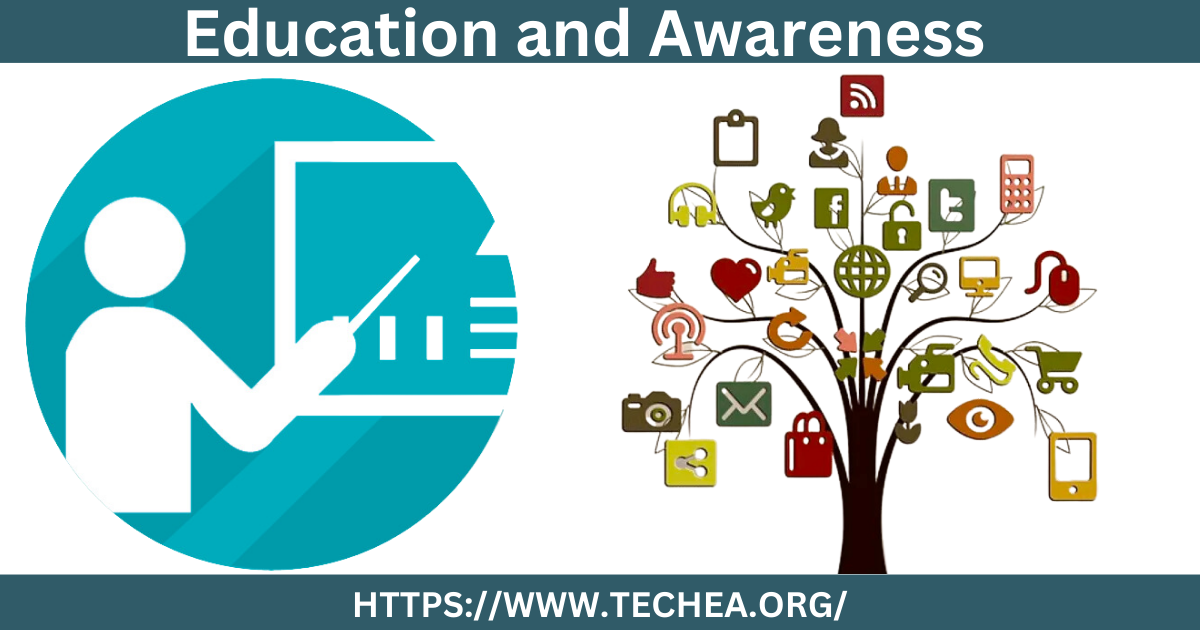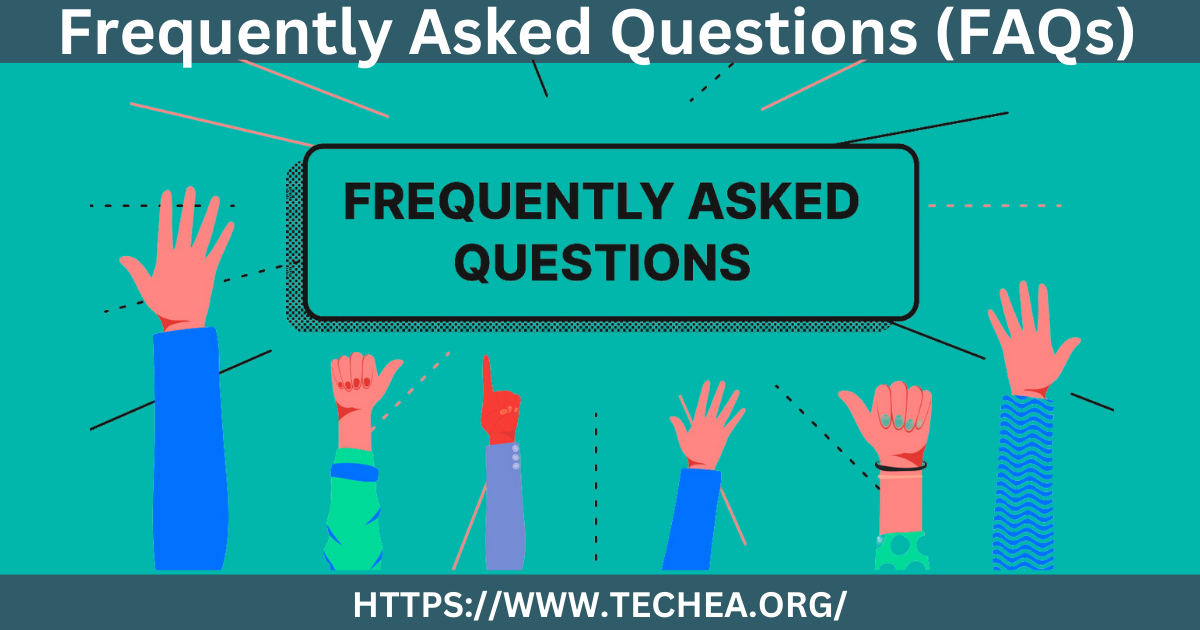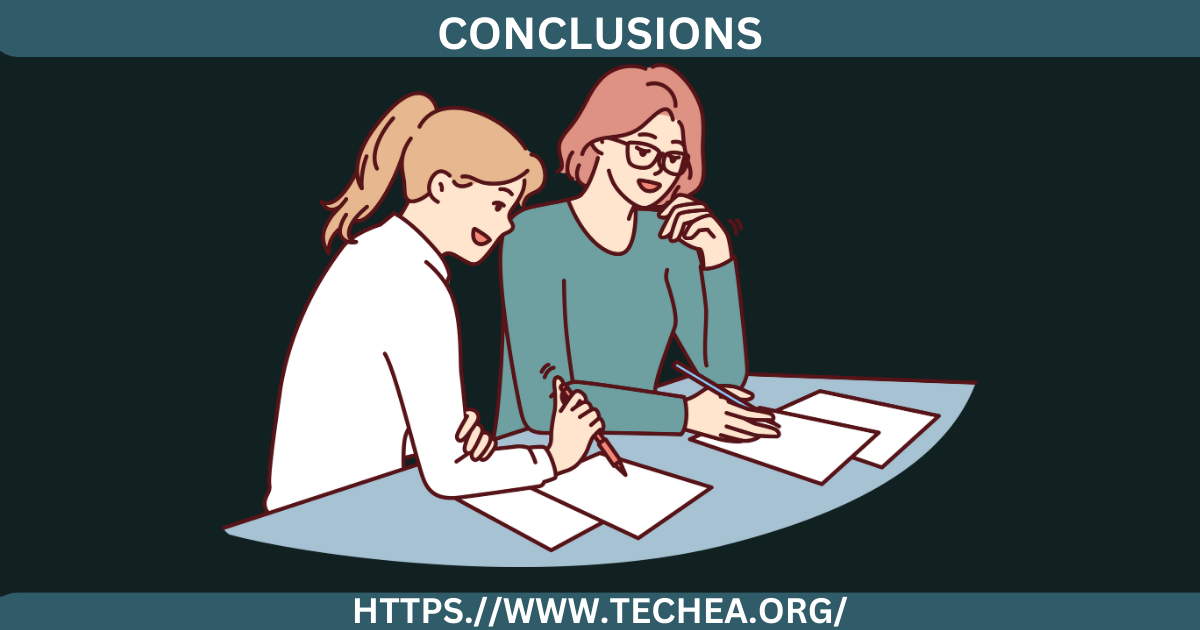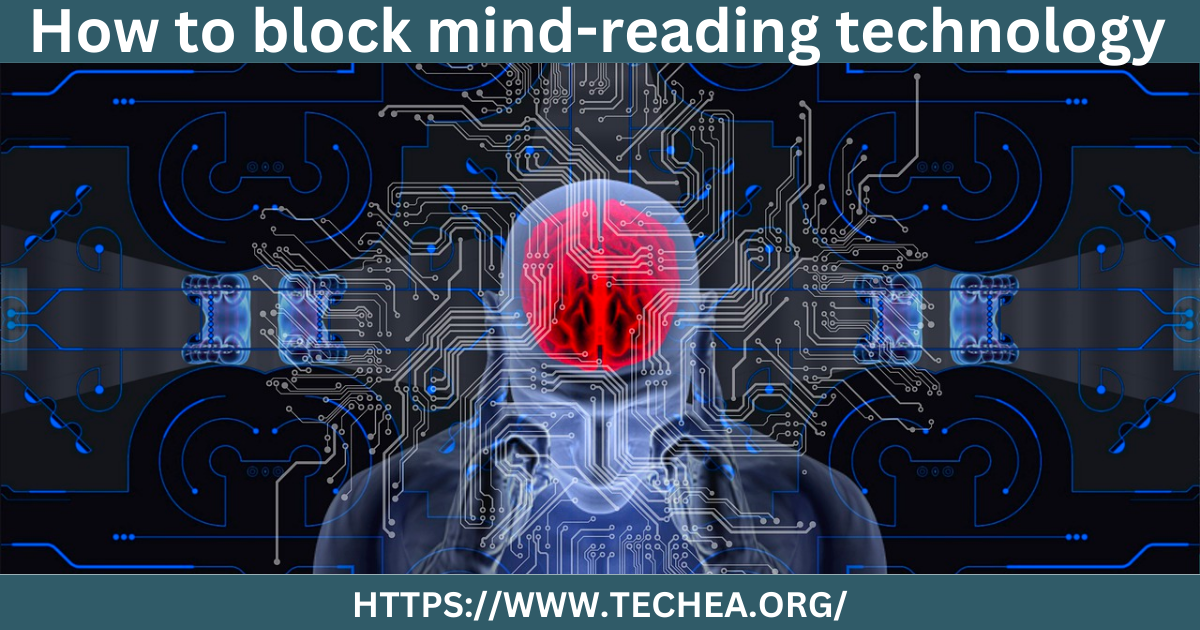Introduction
The fast growth of technology has pushed humanity into unidentified territory: mind-reading technologies. Once restricted to the world of science fiction, this technology now exists as a visible reality, generating both excitement and cause for concern. As its applications spread, so did concerns about loss of privacy and issues of ethics. This detailed book goes into the specifics of How to block mind-reading technology, its possible dangers, and ways for reducing its influence.
Understanding Mind-Reading Technology

The ability to understand the deep workings of the human mind is important for how to block mind-reading technology. This technology can read ideas and emotions through the analysis of brainwaves and brain impulses, bringing in a new era of communication. The possibilities are endless, ranging from interfaces between the brain and the computer that understand goals to advanced algorithms that analyse mental conditions. These abilities, however, offer a number of potential dangers.
The effects of open mind-reading are huge. Privacy invasion, mind control, and loss of individual liberty are just a few of the threats on the way. As a result, building security against these threats has never been more critical.
Defensive Measures Against Mind-Reading Technology

A comprehensive approach is required to resist the future threat of mind-reading technologies.
Mental Techniques
Mindfulness and Meditation Practises:
Regular meditation and mindful breathing practices can increase self-awareness, allowing people to notice harmful ideas and protect their mental privacy. One may grow more proficient at identifying external efforts to enter their mental area by developing their ability to monitor ideas without attachment.
Cognitive Control Exercises:
Improving the ability to think clearly through exercises like mental division creates boundaries that prohibit unwanted access to thoughts. Practise dividing up involves actively isolating separate mental processes, making it difficult for mind-readers to reassemble solid memories.
Visualisation and Mental Imagery:
Building mental shields through imagination creates a barrier of protection against external attempts to read ideas. Imagining an unbreakable structure surrounding one’s thoughts at sensitive times improves mental resistance against possible attacks.
Physical Shields
EMF-Blocking Clothing and Accessories:
Electromagnetic fields can be used to capture brain signals. Using EMF-blocking clothing and accessories can help reduce the chance of signal interception. These specialised textiles obstruct electromagnetic signal transmission, restricting access to mental data.
Faraday Cages and Shielding Materials:
Faraday cages and shielding materials are used to provide a physical barrier against electromagnetic signals, blocking unauthorised access. Faraday cages, which are conductive structures that are enclosed, efficiently separate brain impulses from external devices, providing mental privacy.
Technological Solutions
Anti-Brainwave-Interception Devices:
Devices meant to put off brainwave interception may blur collected data, making the extraction of valuable information more difficult. These gadgets produce noise that blurs brain impulses, making them less logical and more difficult to understand.
Signal Jammers and Scramblers:
Signal jammers interfere with mind-reading frequencies, making accurate recording of thoughts and emotions impossible. They interrupt communication between the brain and external equipment by emitting powerful impulses that interfere with the capture of brainwave data.
Brainwave Encryption Technologies:
Intercepted brain impulses can be made unreadable with advanced encryption, maintaining mental privacy. Encryption techniques secure brain signals such that only approved devices outfitted with the recovery key can interpret them, making unapproved access extremely difficult.
Psychological Countermeasures
Misdirection and Controlled Thought Generation:
Unrelated or confusing ideas might befuddle mind-readers, protecting the honesty of one’s mental space. Intentionally considering minor problems or imagining absurd situations might deflect attention away from important facts.
Cognitive Dissonance Techniques:
Inducing mental dissonance results in competing thought processes, which hide genuine motives and feelings. Individuals add a layer of confusion to the information that possible mind-readers might gain by carefully using opposing thoughts or feelings.
Developing Mental “Noise”:
Maintaining a stream of independent thoughts produces mental blockage, making it difficult for other parties to extract valuable information. Intentionally engaging the mind in a stream of separate or random ideas causes interference that compromises the purity of the collected brain signals.
Legal and Regulatory Approaches

To address the moral issues of mind-reading technologies, laws and regulations that prioritise mental privacy are required.
Advocating for Privacy Laws
Lobbying for Legislation
It is important to work with legal professionals to fight for legislation that protects brain privacy. These regulations can set limits on the use of mind-reading technologies and provide penalties for illegal access to brain data.
Defining Boundaries:
Providing situations in which how to block mind-reading technology can be used helps prevent abuse and attacks on personal mental areas. Making limits between medical, scientific, and commercial uses can help manage the proper use of technology.
Establishing Ethical Guidelines
Collaborating with Experts
Working with neuroscience researchers, psychologists, and philosophers to develop guidelines for ethics can guide the responsible use of mind-reading technologies. Using various skills guarantees that ethical concerns are thorough and well-informed.
Encouraging Responsible Use:
Promote the application of ethical standards to mind-reading technology research, development, and implementation to reduce possible harm. We build a culture of accountable creativity by teaching IT developers and researchers to consider the ethical consequences of their work.
Education and Awareness

It is important to arm humans with information and abilities to resist mind-reading technologies.
Educating the Public
Workshops and Seminars:
Scheduling educational activities to spread knowledge about mind-reading technology, its potential risks, and solutions raises awareness. These interactive workshops provide an opportunity for open discussion and knowledge sharing.
Online Resources:
Making freely available online materials, such as articles and videos, gives people the tools they must use to protect their mental privacy. These resources have the goal of acting as reference tools for people who want to learn more about technology and its effects.
Training for Individuals
Recognition and Resistance Training:
Training people to identify and reject mind-reading attempts allows them to protect their thoughts. Learning to detect small signs of illegal entry and practising methods to prevent entry improves mental defences.
Promoting Self-Awareness:
The development of practises that increase self-awareness helps individuals successfully understand and fight unwanted mind-reading efforts. Techniques such as documenting thoughts and feelings allow for a more in-depth understanding of mental processes.
Collaboration and Research

Working together across disciplines is essential to fighting the resulting mind-reading technology.
Multidisciplinary Research
Collaboration with Experts:
Working with neuroscientists, psychologists, technologists, and legal experts offers comprehensive tactics to oppose new mind-reading technologies. Multidisciplinary studies guarantee that solutions are well-rounded and successful.
Exploring New Techniques:
Researching original solutions that combine mental approaches with modern technology generates novel solutions. Combining tactics from many domains can result in hybrid solutions with improved safety.
Development of Counter-Technologies
Investment in Research:
Providing funds for improving research on mind-reading-blocking gadgets can result in improvements that improve mental privacy. Continued investment helps in the development of increasingly complex and potent defence systems.
Innovation Grants:
Creating rewards to motivate creative minds and researchers speeds up the development of effective defence metrics. These funds promote research and help individuals and teams involved in counter-technology advancement.
Frequently Asked Questions (FAQs)

1. What exactly is how to block mind-reading technology, and how does it function?
Mind-reading technology involves understanding brainwaves and brain impulses in order to extract feelings and thoughts. It analyses the brain’s activity and understands mental processes by using complex algorithms and interfaces between the brain and the computer.
2. What are the primary concerns regarding mind-reading technology?
The main issues are violation of privacy, possible thought abuse, and loss of human autonomy. Unauthorised access to thoughts and emotions without permission raises ethical and privacy concerns.
3. How can I protect my cognitive privacy using mental techniques?
Mindfulness and meditation practices increase self-awareness, while brain training exercises and imagery build mental barriers against mind-reading efforts. These approaches improve your capacity to identify and manage your thoughts.
4. What role do physical shields play in countering mind-reading attempts?
The use of physical obstacles such as EMF-blocking clothes and Faraday cages blocks electromagnetic waves that may transmit brainwave data. They ban external gadgets from receiving and analysing your mental data.
5. How do technological solutions help safeguard cognitive privacy?
Anti-brainwave-interception devices damage collected brain signals, making analysis more difficult. Brainwave security protects data for approved understanding only, whereas signal jammers block mind-reading frequencies.
6. How can I raise awareness and contribute to protecting cognitive privacy?
Workshops and online tools can help you and others educate themselves. Supporting research, pushing for ethical laws, and partnering with experts all help to protect brain privacy against increasing mind-reading technologies.
Conclusion

As we stand at a point of advanced technical possibilities, protecting mental privacy is important. We create a strong defence against the attack of mind-reading technology through the use of mental tactics, physical defences, technical safeguards, psychological stratagems, legal frameworks, educational efforts, and joint research. Individuals, organisations, and governments must take proactive steps to safeguard the value of our ideas as we cross fresh ground. Accepting a wide range of viewpoints allows us to strongly step into the future while protecting the privacy of our most private thoughts.
In an era where the borders of personal privacy are continually shifting, paying attention and taking proactive actions to protect our mental privacy is important. We may improve our mental defences through a combination of mental strategies, physical safeguards, technological solutions, psychological solutions, legal pressure, instruction, and research across disciplines. We can build a future in which the power of our thoughts stays a holy zone, resistant to illegal entry, simply by working together.










2 thoughts on “How to block mind-reading technology”